Table of Contents
- What Do Snails and Slugs Eat?
- Ways to Deal With Slugs
* Our articles never contain AI-generated slop *
Having problems with slugs eating your veggies? Let's talk about how to get rid of slugs in the garden.
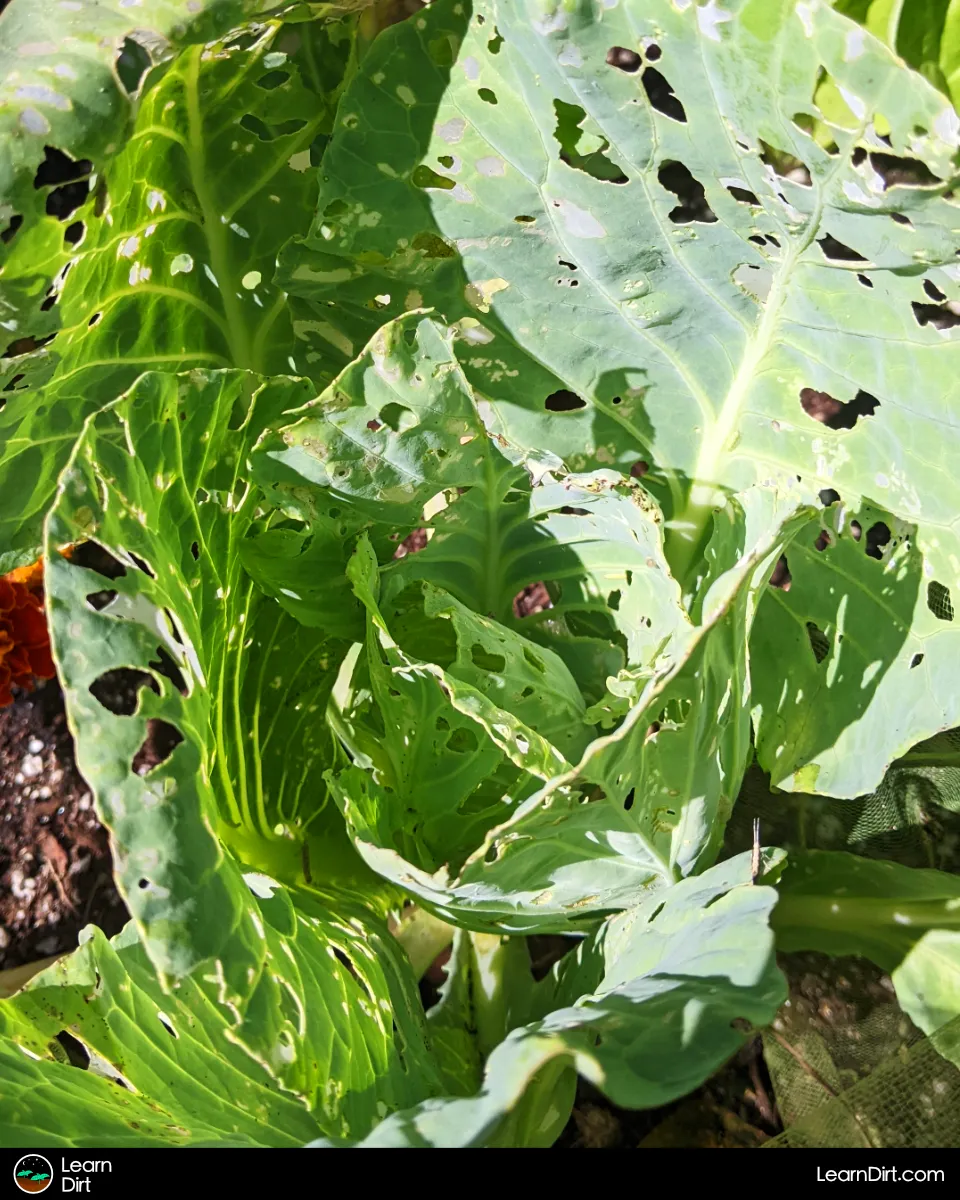
Slugs and snails can both be frequent threats to your fresh garden leafy greens, especially in wet climates and rainy seasons.
What Do Snails and Slugs Eat?
Particularly fond of tender-leaved veggies like lettuce, slugs and snails both tend to stay away from plants with tougher leaves, and some with strong smells like alliums & herbs.
Disclaimer: This post may contain affiliate links. Refer to the privacy policy for more information.
You might try planting herbs and alliums like onion, garlic, chives, or leeks among other veggies to deter them. Folks often report varying levels of success in interplanting these detractor plants in with veggies, so it's always important to experiment and see what works for you.
Ways to Deal With Slugs
There are tons of ways to deal with slugs, from hand-picking them off to getting them drunk, and more!
Some of these ways are more effective than others, so it's up to you to try them out and see which ones work best for you in your garden.
Attract Natural Predators
Always my first go-to method for dealing with pests - let nature handle it.
With slugs in particular, there are a number of natural predators from birds to frogs, and more.
Ecosystem balance is always the easiest and most sustainable way to deal with pests because there is always something that eats everything in nature. Why do the work when there are predators who will solve your problems for you?
Learning how to attract the predators who feed on your most common pests will ensure a thriving garden year after year with little intervention needed on your part.
Sometimes gardeners are even inadvertantly deterring the very creatures which would make quick work of their hated pests!
Here are some common predators that will be more than happy to make a snack out of your garden slugs and snails. Keep an eye out for them:
Beetles
Quite a few species of beetle, such as ground beetles and rove beetles, will seek out and eat slug eggs and larvae.
Encouraging more beetles to take up residence in your garden is a great way to get ahead of slug issues before they get out of hand.
Bug hotels and leaf litter are greats ways to provide shelter for beetles, and native plants will attract them and give them supplemental food.
Birds
Many birds such as crows, magpies, and blue tits love to chow on both slugs and snails.
Court bids in your garden for a great pest removal team, as long as you're willing to suffer the occasianal pecks at your tomatos and stone fruit.
Frogs & Toads
Both frogs and toads love hunting down slugs, snails, and their eggs after dark.
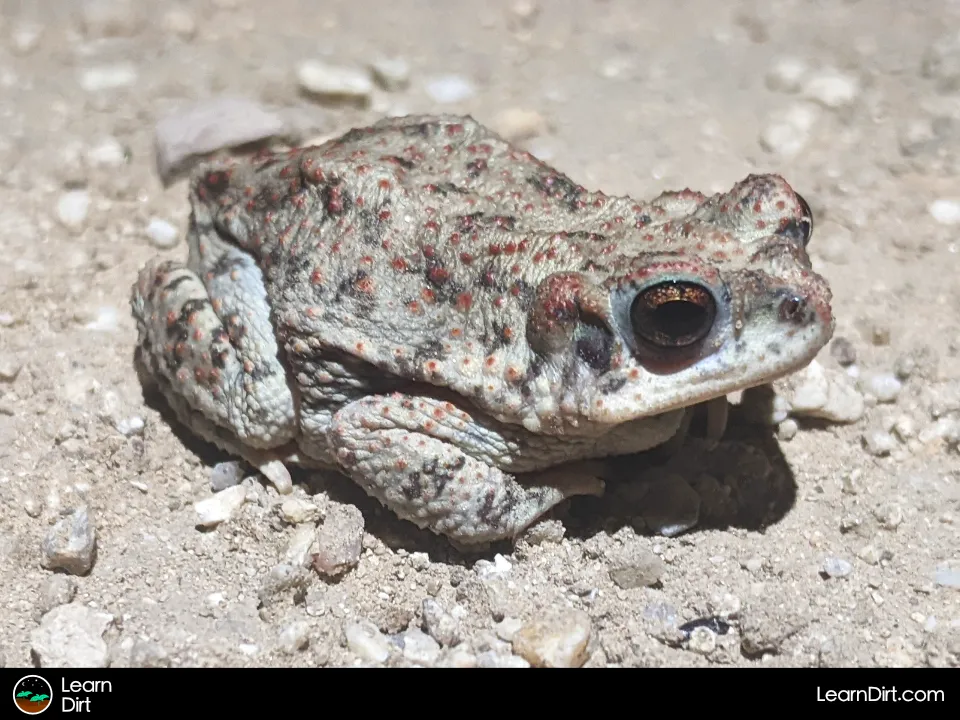
A pond or damp area is a great way to provide habitat for frogs, and a moist garden will keep them around.
Join The Grower's Community
Find your people.
Your voice matters here 🌱
Check It Out!
Hiding spots are utilized by both toads and frogs, so be sure to leave logs, rocks, bricks, scrap wood, etc strategically in a way tha will provide nooks and crannies for frogs and toads in the garden.
Lizards
If you've got slugs and snails in your climate but are lucky enough to also have lizards around, you'll love their ability to handle slugs' snails, and many more garden pests for you - without even sending you an invoice after their work is done!
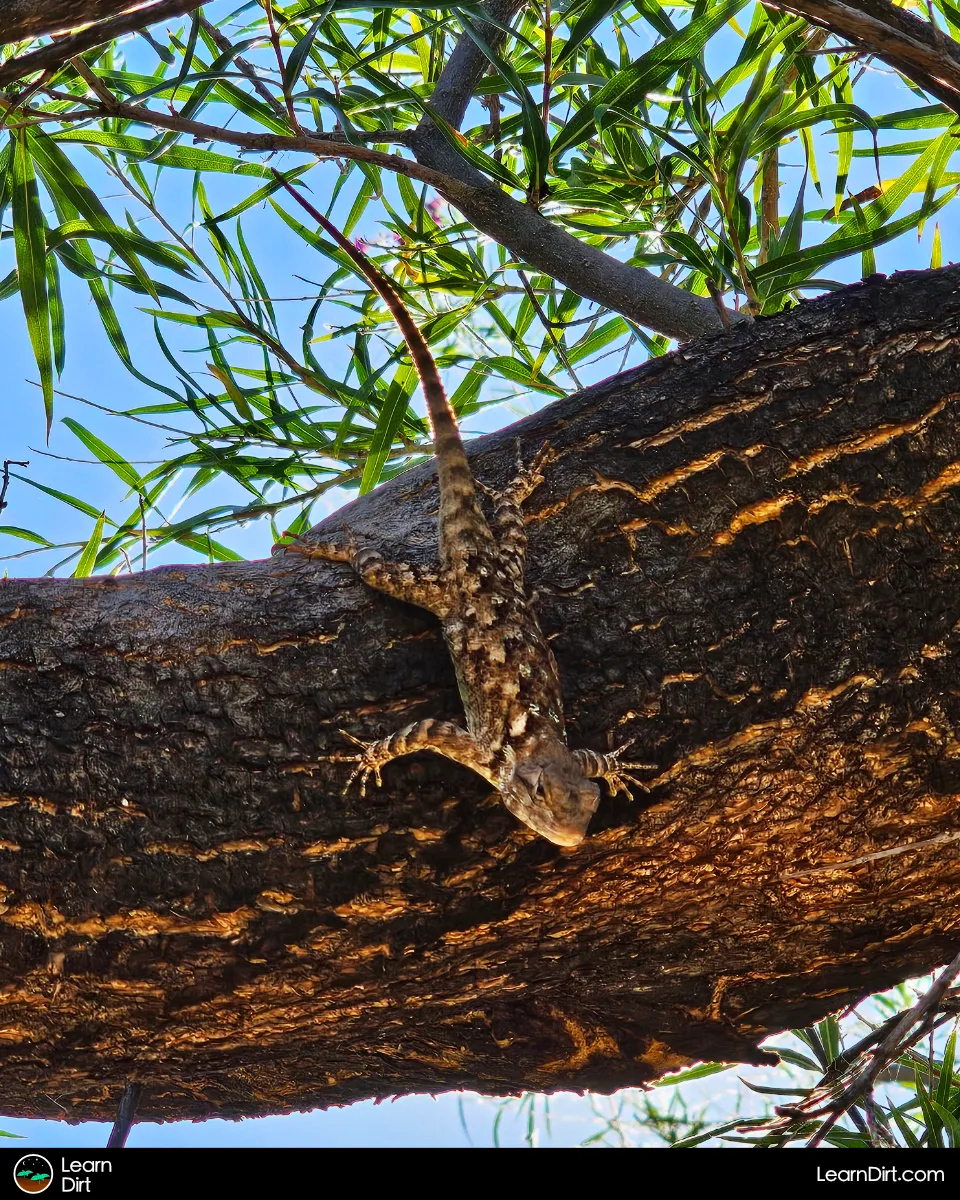
Snakes
Not all snakes eat snails and slugs, but a few common species such as garter snakes and brown snakes in the US really enjoy them.
Wherever you are, you can look up your local native snake species and find out if any of them will help you with garden slugs / snails. These species are almost always non-venomous or have a milder toxic saliva that typically poses ver little risk to humans.
That means your local slug-eating serpents are great friends to have in your garden if you,re lucky enough to have some around.
Low wildlife water bowls, as well as good tight spaces to hide will entice snakes in to help you with your garden. Wood piles, stacks of rocks and spare building material stacked up with nooks and crannies between in quiet places are perfect for snakes.
Do Not Top-Water
Slugs (and their housed cousins, snails) love wet leaves. They thrive in moist environments and digest food easier when it's wet and soggy.
If you've been top-watering your garden, either with sprinklers abd bubblers or a hose, switch to a bottom-watering method like drip irrigation.
This will help keep your leaves more dry, more often - making them less favorable for snails.
You could also consider occasionally using a tarp or rain canopy over your plants if you're in an extremely wet climate where it just rains constantly - giving your plants some time to dry off sometimes. This will help make them a little less enticing to slugs and snails.
Dig Cool Merch?
Introduce Nematodes
Nematodes don't work great for snails, but because slugs spend more time underground and lack armor, they're very susceptible to Phasmarhabditis hermaphrodita, which target slugs in particular.
What Are Nematodes
Nematodes are little microscopic worms that can infiltrate and kill slugs, as well as many other pest species typically in their egg and larval states.
How Do Nematodes Control Pests?
Because many pests pass part of their lifecycle underground, soil-dwelling nematodes are a great preemptive biocontrol that will drastically reduce the numbers of future waves of garden pests.
What Pests Do Nematodes Target?
Each nematode species targets a broad spectrum that includes many different pests you might experience in your garden.
You'll want to look up the nematode species that matches your pest, though some beneficial insect vendors also offer a nematode mix of a few species for broad-spectrum control.
Applying Nematodes For Slug Control
For slugs, look for a beneficial insect company online which will sell you Phasmarhabditis hermaphrodita specifically - as this is really the only slug-targeting species that will be readily available to most home gardeners.
Nematodes generally come in a carrier powder like corn starch because they're microscopic.
This carrier powder with nematodes is mixed into a pump sprayer, and sprayed onto soil at night (nematodes are sensitive to UV light)
You then water them in further with a hose so that the beneficial nematodes make it down into the soil.
Beer Traps
Beer traps are a classic solution to slug and snail problems in the garden, and they work.
They work like this:
- Slugs and snails are attracted to the yeast in the beer
- They crawl in for a drink
- They can't crawl back up the slick sides of the plastic contianer and drown
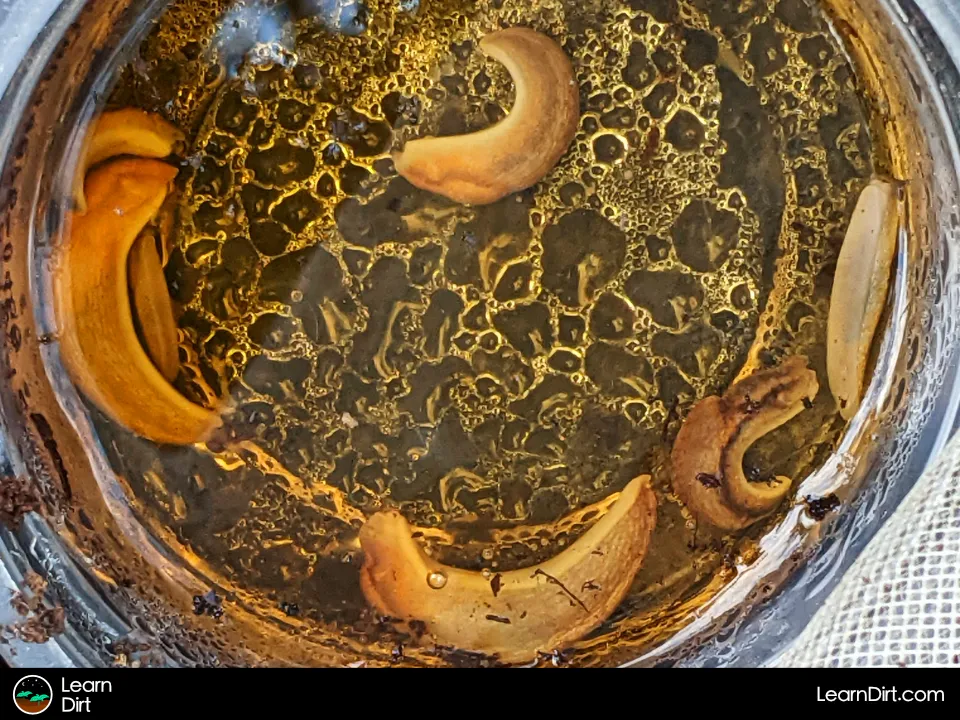
A few important points if you intend to employ the beer trap method in your garden:
- Use shallow plastic contianers with slick inner sides - Yogurt cups, fruit cups, and applesauce cups all work great for this.
- Use cheap beer or skunked beer - they aren't picky
- Sugar + yeast mixed into water also works and may save money
- Empty & refill frequently and after it rains
- Set traps after dark - Slugs and snails are typically most active at night
Crushed Eggshells
A barrier of crushed eggshells can create an obstacle that soft-bodied slugs and snails may find difficult to cross.
Gardeners report mixed results on this one, so you'll have to test it out yourself and see if it has any effect at deterring them.
The worst case is that the crushed eggshells don't do anything as far as slug + snail prevention, but break down over time and add valuable calcium to your soil anyway.
One great benefit of the crushed eggshell method is that reapplication after rain isn't necessary. Many slug & snail prevention methods need te be reapplied each time it rains - which can get tedious in wet climates.
Diatomaceous Earth
Diatomaceous earth is a silicate rock comprised mostly of the crushed fossilized remains of the microscopic algae knomn as diatoms.
It's light and porous, and very soft and brittle. It's also very gritty and abrasive.
The abrasiveness is what makes diatomaceous eart effective against insects, and especially effective against soft-bodied insocts like slugs and snails.
A ring of diatomaceous earth sprinkled on the soil around vulnerable and targeted plants can create a boundary that slugs and snails have trouble passing.
Diatomaceous eart can also be sprinkled directly on plant leaves as long as you're sure to wash it off before consumption.
The dust from diatomaceous earth ran be very irritating to sinuses and respiratory systems. We strongly recommend wearing a mask while applying it.
While diatomaceous earth can be effective against snails and slugs, it does have to be reapplied after each rain, as it washes into the soil.
Barriers
Because slugs and snails fail at slick surfaces, anything slippery enough can be used as a physical barrier, oft insurmountable by garden slimers.
Aluminum Flashing
Aluminum flashing is essentially a super inexpensive roll of thin sheet-aluminum.
It's slick enough and wide enough to keep lots of critters, slugs + snails included, from climbing it.
It's readily available at both the hardware store and online.
Flashing is thin enough that you can drive self-tapping screws into it easily to secure it to almost anything. I recommend something like these galvanized truss-head screws to weather the elements and help keep a strong hold on the flashing.
One common use for it is to screw the flashing onto the tops of wooden raised beds to create a slick impassable barrier around your plants.
Another is to affix a section of flashing to the bottom of your garden fence around all sides for a full perimiter.
This will keep a ton of pests from scaling into your garden - it's so slick that not many critters can hang on.









![Black Dirt Live Again [Blue]](/media/product_images/black-dirt-live-again-[blue]_shirt_260x260.png)
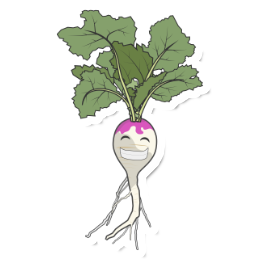
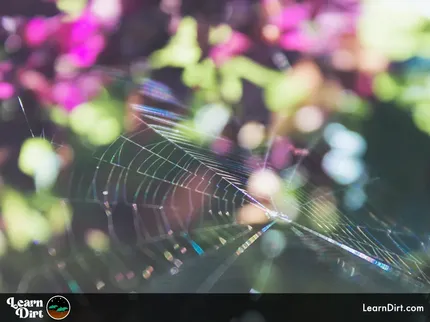
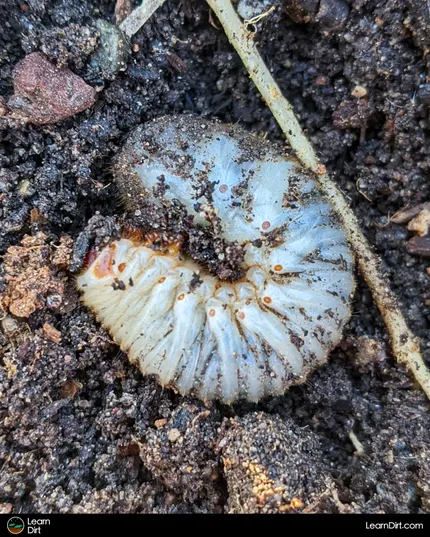

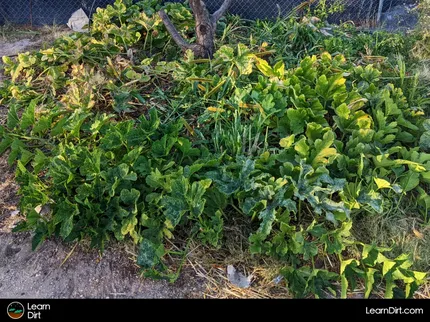

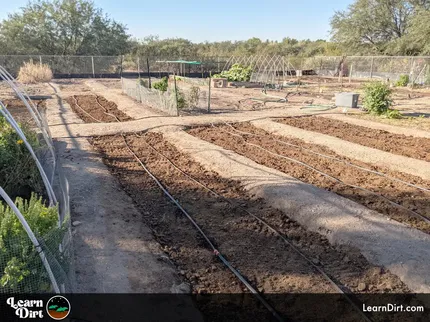

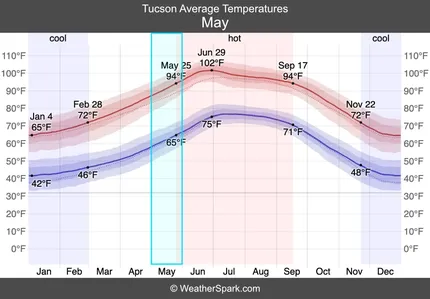
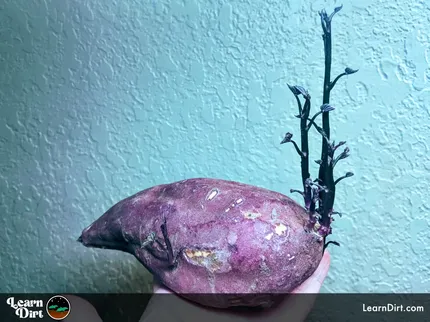
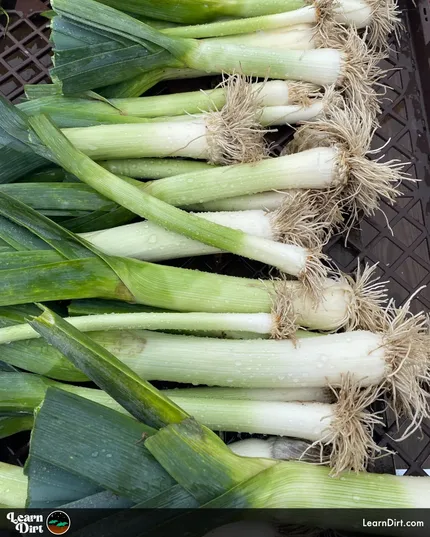
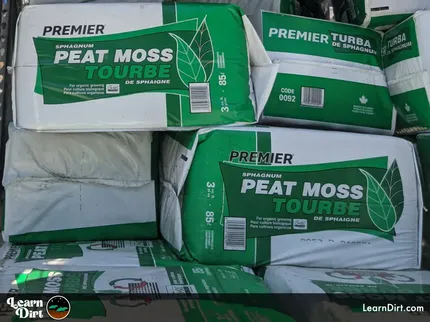
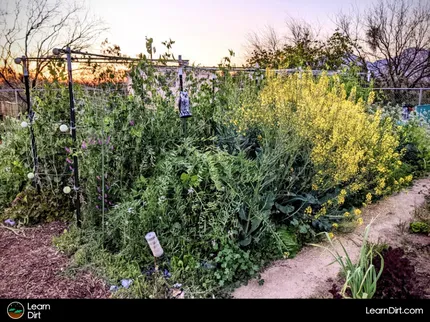


![Don't Till Away Your Carbon [Neon] Sticker](/media/product_images/dont-till-away-your-carbon-[neon]_sticker_260x260.png)
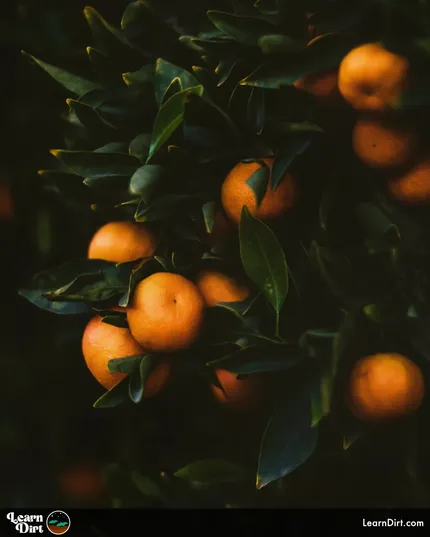
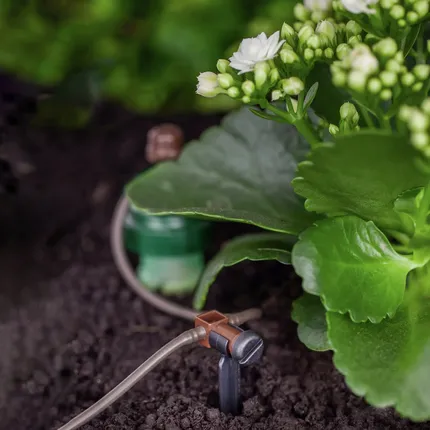
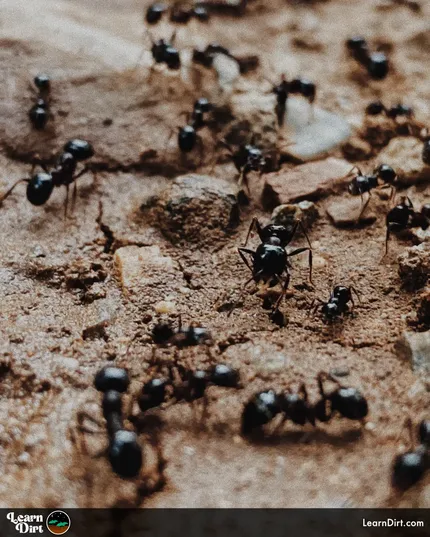
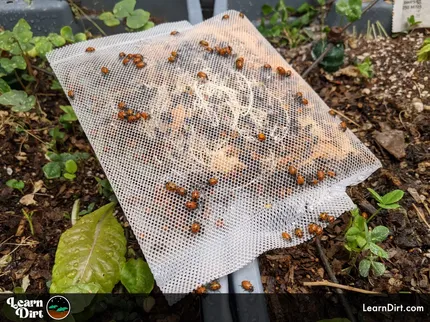
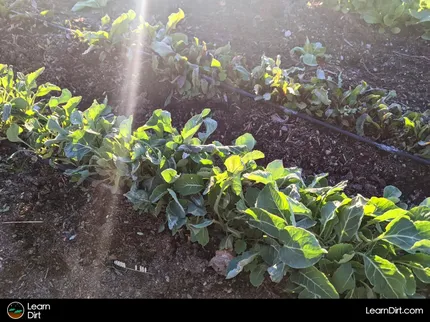
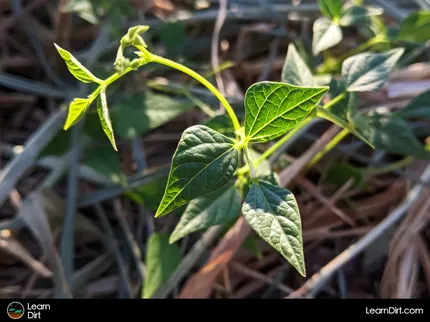
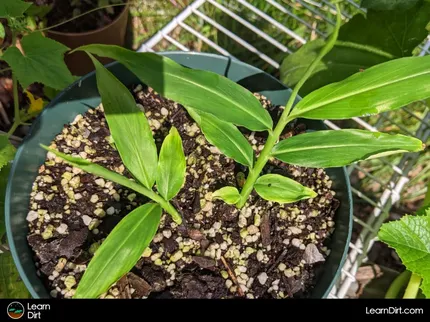
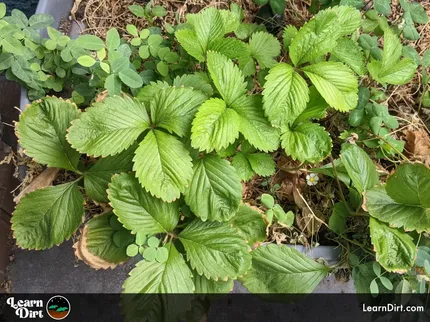
Leave A Comment:
Under construction, please check back soon!